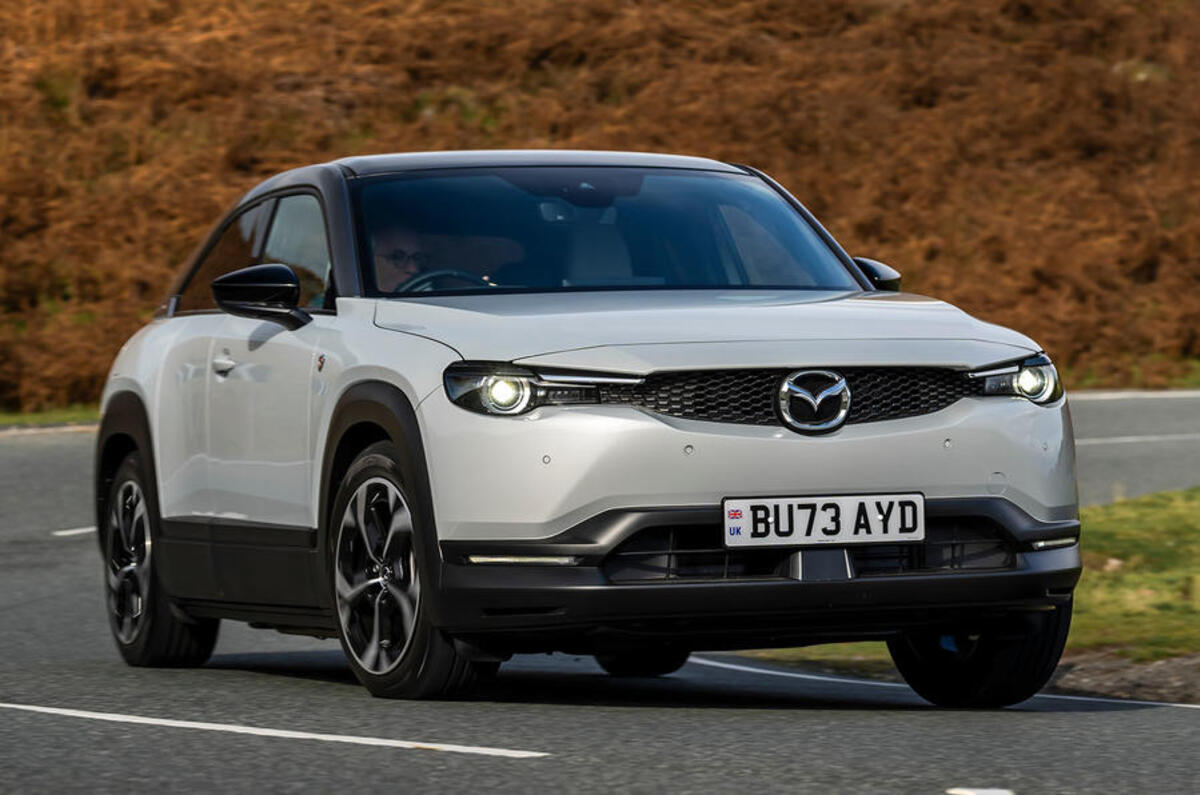As car makers contemplate the widening gap between legislation and demand for electric cars, the spotlight has been thrown on to a petrol-electric technology that promises to bridge that gap with fewer of the downsides of plug-in hybrids.
Range-extender (REx) cars package a large battery and a hefty electric motor alongside a small petrol engine, instead of the other way around with most hybrids, in which a large petrol engine dominates.




Add your comment